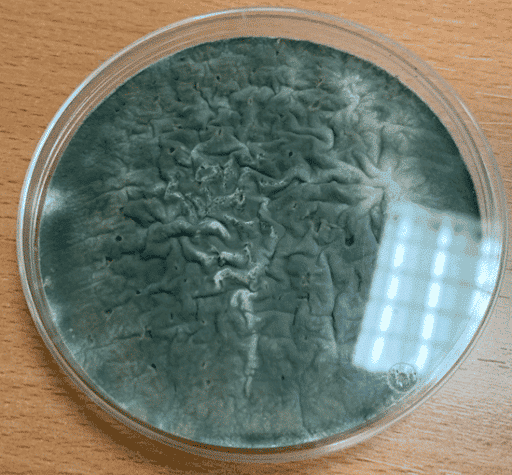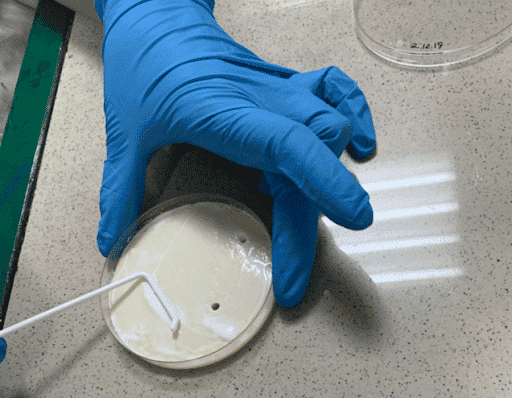Within Concentrol’s Food Processing Aids Division, cheese coating solutions stand out. These are essential products in the processes of making and preserving cheese. For this reason, we constantly analyse our solutions for their effectiveness, safety, and performance. Moreover, this gives us the conviction of being able to guide and advise our clients with the maximum information and precision possible.
The effectiveness against mould and yeast growth of a coating should be tested in the laboratory. For a correct evaluation it is necessary to have some initial data, which in many cases are not known by the cheese maker. Concentrol can provide advice on this point and, in particular, we offer the possibility of:
- Characterization of the mould(s) present in cheese, in collaboration with universities and research institutes. A basic, morphological analysis can be done, or a more complete analysis that may include the genetic analysis of mould.
- Qualitative inhibition tests, either with the customer’s mould strain or with a previously characterised standard mould strain.
- Quantitative inhibition tests, either with the customer’s mould strain or with a characterised mould strain. In that case, the inhibition study will be done based on a known concentration of mould spores, with which the result is more precise and allows a more exact evaluation of the effectiveness of the coating preservative.
- Inhibition tests with different allowed preservatives, separately or in combination. As previously mentioned, the legislation establishes as allowed preservatives only natamycin, sorbates and propionates.
- Market coatings inhibition tests. We can evaluate whether the efficacy is normal within the parameters known and described in the literature; and also whether it presents efficiency outside the normal. In these cases, the inhibitory effect can be verified, with a previous protocol that consists of eliminating natamycin and sorbates, if present, to evaluate whether there are other preservatives or other substances with undeclared preservative properties that may present the inhibitory effect.
- Analysis of undeclared preservative compounds, using chromatographic techniques. Preservatives with food code E, but which are not allowed in the treatment of cheese, such as benzoates or parabens, as well as other preservatives or fungicides without food code can be analyzed.





As we have seen, the effectiveness of coatings against the appearance of moulds and yeasts depends on multiple factors. For this reason, it is interesting to carry out tests and analyses to verify the effectiveness of the product, at the same time as the effects of its use.
At Concentrol we put our laboratories at the disposal of our clients and our knowledge and research capacity to provide the best service. In the food industry, this service is for us one of the mainstays of our company.


